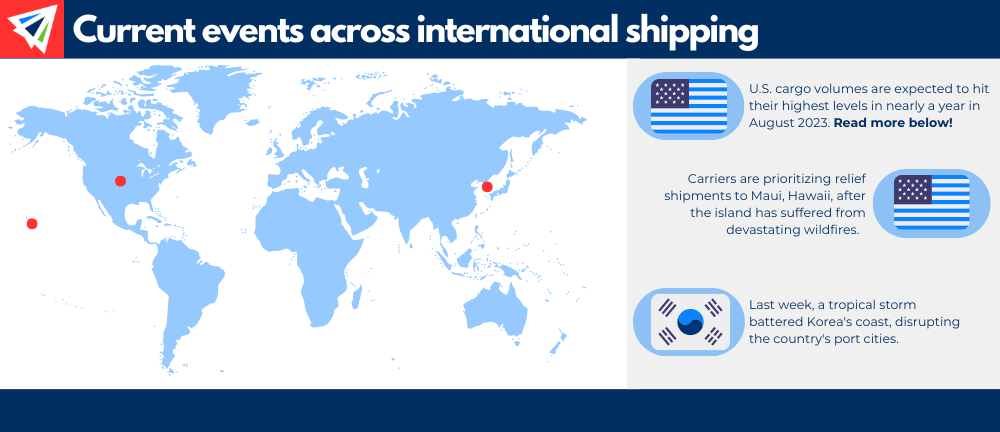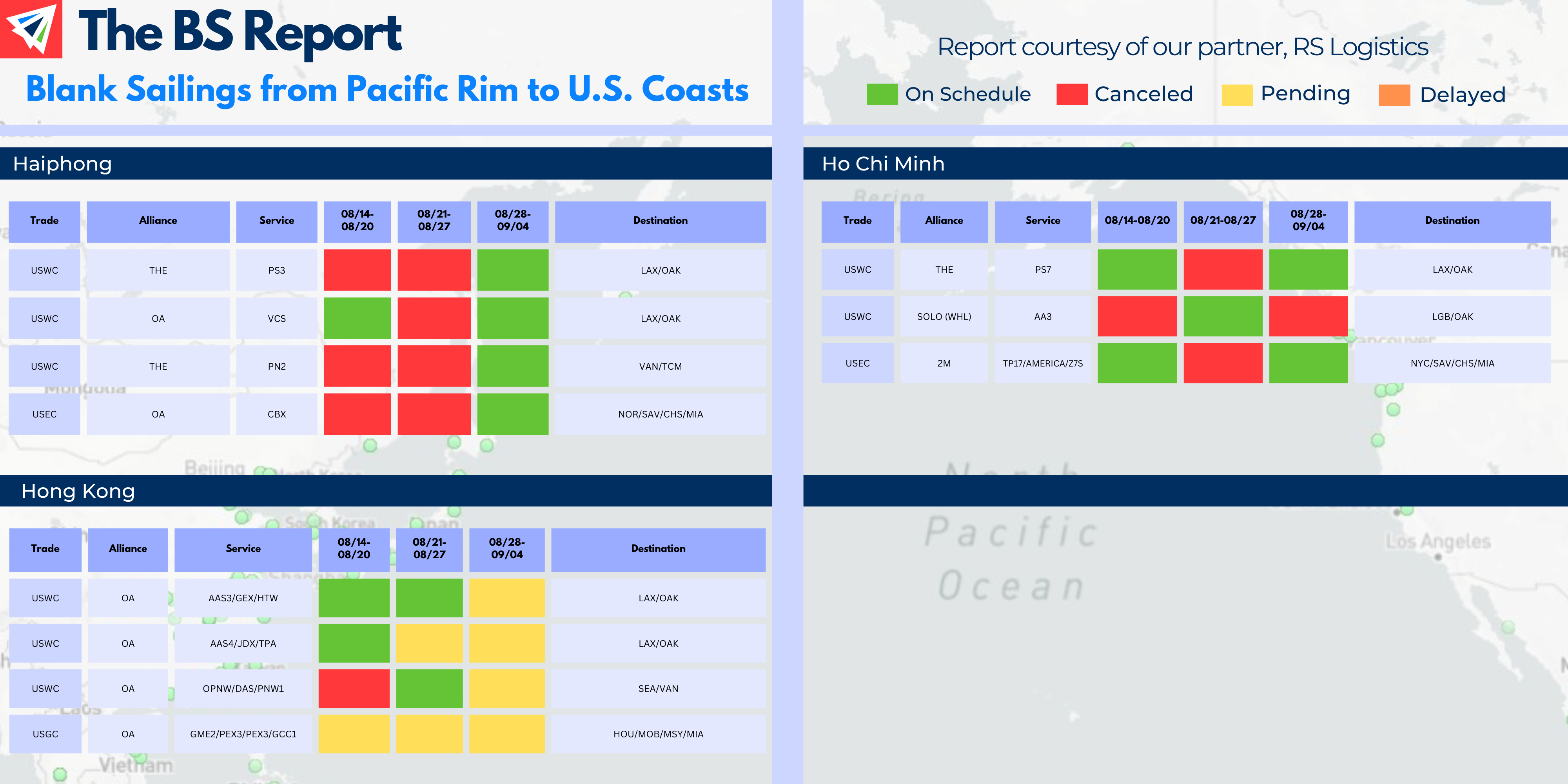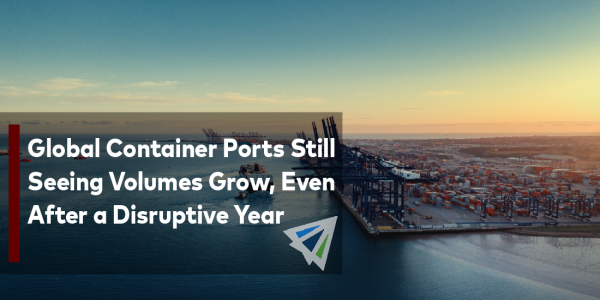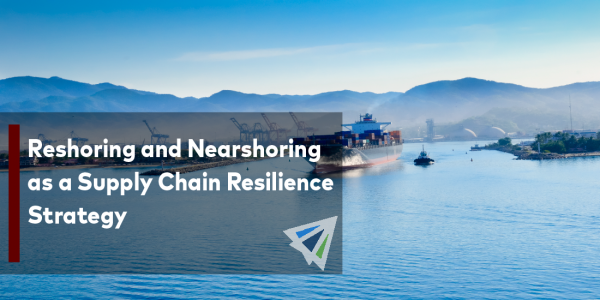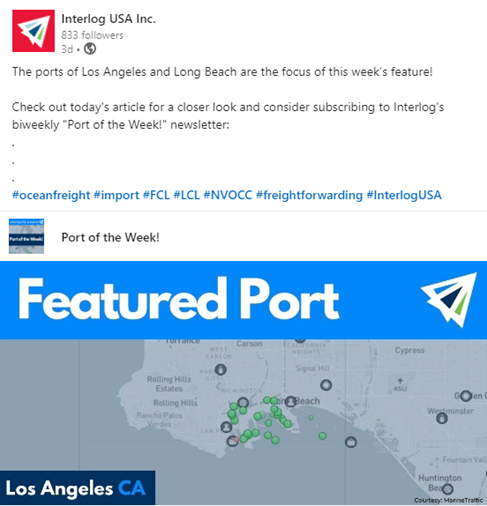
Check Out Last Week’s LinkedIn Port Poll Winner: The Port of Los Angeles, CA
Every other week we post a poll on our LinkedIn page, where you can vote on which port you would like to see featured on our deep dive on Friday!
Last Friday, the winner was the Port of Los Angeles in California. Click the link below to read the entire excerpt.
Also, consider subscribing to our biweekly “Port of the Week!” newsletter, to continue to take a closer look at various ports (and inland ports) globally, and domestically.
